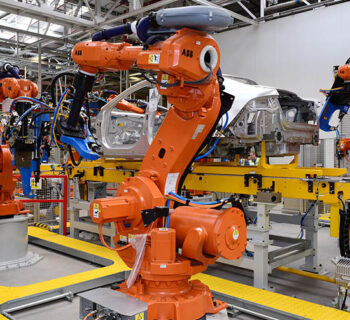Cleanrooms, by definition, are a clean environment managed and controlled using air regulators fitted as a part of the cleanroom system. These contamination-free chambers are a critical operating environment for several industries such as electronics, pharmaceutical, aerospace, and bioengineering. Such chambers with ISO 14644 standard (Australia) are strictly designed and built by professionals to fulfil the air quality requirement for various manufacturing processes with specific air quality needs. Equipment such as HEPA (high-efficiency particulate air) filters are used to regulate clean air inside such chambers. A well-equipped cleanroom should be one with a high functionality value of contamination control.
Industrial cleanrooms have only one major function: to control and maintain the flow of high-quality air, including the volume of air released inside the chambers and the pressure gradient of cleanroom air. To keep the air quality as suitable as possible for a specific manufacturing process, cleanrooms are designed in such a way they are devoid of direct contact with the external environment. The air circulated inside these chambers is strictly released through HEPA filters only after filtration, which removes dust, microbes, pollen, and other air pollutants up to 97% from atmospheric air. Regular inspection is carried out to manage the continuous flow of high-quality air, and air inside cleanrooms is changed from 12 to 30 ACH.
The overall performance of a cleanroom strictly depends on air quality, and several factors affect the quality of air circulating inside the cleanroom, thus affecting its performance. As the only entry point to cleanrooms without an air handling unit (AHU), doors drastically affect the performance of your industrial cleanroom. The entrance system for cleanroom operators is also an entry point for airborne pollutants. To avoid the risks of contaminating the cleanroom environment through the entrance, cleanroom doors should have all the necessary features to keep pollutants out.
A cleanroom can have different types of door systems fitted to it, such as gas-tight doors, sliding doors, revolving doors, or roller doors. Factors like door speed and door activation are important to avoid any airborne contamination through the entrance. If cleanroom doors are kept open for a long interval, it will increase the chances of contamination. So, cleanroom professionals prefer doors with fast opening and closing to minimize particulate transfer through the doors. When a door is opened, air current increases around the doorway, and if it is opened for a longer period, it will be difficult to maintain air pressure inside the cleanroom. So, the less a door is kept open, the better it is. Another key factor is that excess air filtration and re-pressurization is needed when a door is opened. This means the frequency of door activation is also crucial to the overall performance of a cleanroom.
A cleanroom can have more than one door fitted to it. There is no actual science as to the exact number of entrances to be fitted to a cleanroom to increase its performance. Generally, cleanroom doors are interconnected, creating an airlock network among doors – when one door is open, others are ruled out. But, since there are high chances of airborne contamination through doors, it remains logical to have a limited number of entry and exit points in a cleanroom. It is also equally important to have airtight doors. With DRYS, you can build an industry-proven, high, functioning cleanroom for your industrial use with DRYSYS. DRYSYS is an industry-leading manufacturer of cleanrooms in Australia with 10 plus years of experience designing and constructing modular, hybrid, soft, and hard wall cleanrooms. Functionality and excellency is a guarantee by DRYSYS.









